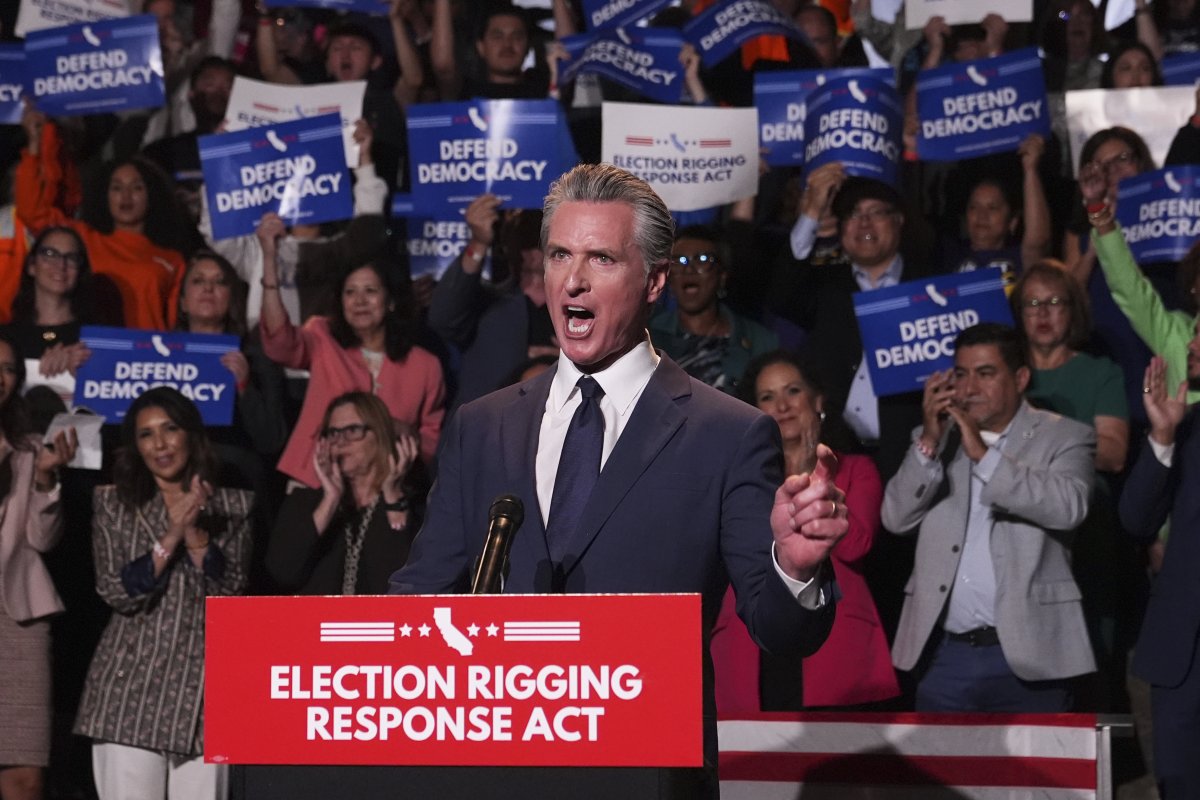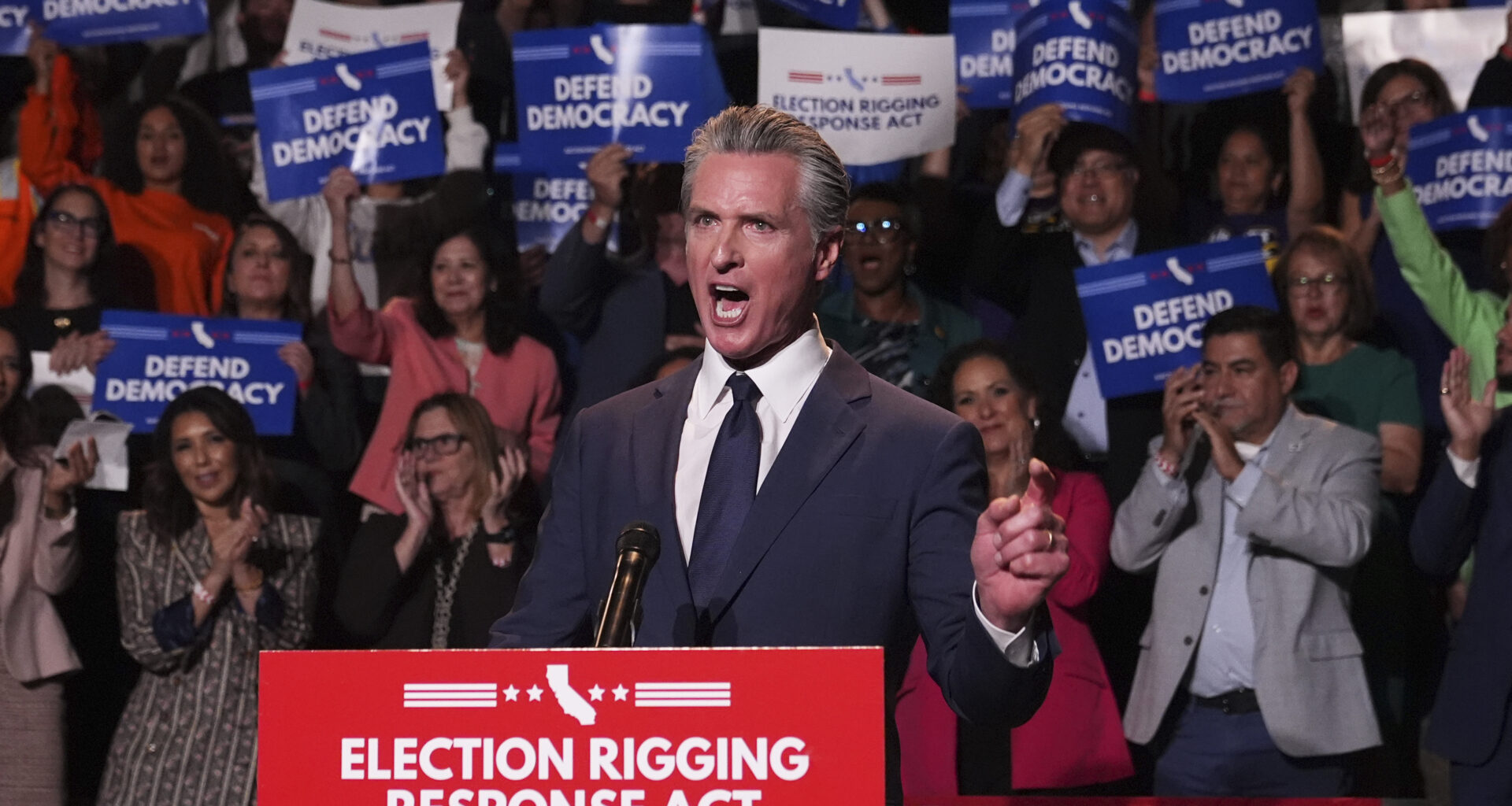California’s unemployment rate is the highest in the country, according to state data released on Friday.
The data shows that California’s unemployment rate has reached 5.5 percent, up from 5.4 percent in June.
The Golden State’s slowing job market mirrored the national economy, which saw 73,000 jobs added in July, lower than monthly job gains earlier this year and the downward revisions for May and June. Nonetheless, in July, California’s rate was higher than the national unemployment rate of 4.2 percent.
Newsweek has contacted California Governor Gavin Newsom‘s office for comment via email.
Why It Matters
California’s unemployment rate, among the highest in the nation, signals an uneven recovery and deeper structural challenges in its labor market compared to other states. In June, California and Nevada both posted jobless rates of 5.4 percent, followed closely by Michigan at 5.3 percent—all well above the national average of 4.1 percent.
By contrast, other states are experiencing far stronger labor markets. South Dakota, at 1.8 percent, had the lowest jobless rate. North Dakota, Vermont, Hawaii and Montana all had rates under 3 percent. Others—including Nebraska, New Hampshire, Utah and Wisconsin—remain well below the national benchmark with rates between 3 and 3.5 percent.
Persistently high unemployment in California not only strains unemployment insurance and social services but also dampens consumer confidence, posing risks to the stability of the nation’s largest state economy.

California Governor Gavin Newsom speaks during a news conference in Los Angeles on August 14.
California Governor Gavin Newsom speaks during a news conference in Los Angeles on August 14.
Marcio Jose Sanchez/AP
What To Know
California added a net 15,000 jobs in July, pushing the state’s unemployment rate up 0.1 percentage points to its highest level since December.
July’s job gains follow a downward-revised job loss of 9,500 for June 2025. But even as employment grew overall, a survey of 4,400 households indicated that 18,200 more people were seeking work in July compared to June.
Job gains were seen in trade, transportation and utilities (+1,300) and manufacturing (+300), though manufacturing has lost 32,500 jobs since July 2024. The strongest growth came from health care and private education (+23,100) and the government sector (+7,200).
Professional and business services (-7,100) and the tech-heavy information sector (-1,000) saw declines.
Michael Bernick, a former head of the Employment Development Department, told the San Francisco Chronicle that job seekers in the tech sector were facing one of the toughest markets in years, particularly new graduates and entry-level workers.
“It’s brutal out there,” said Bernick, now special counsel at Duane Morris LLP. While artificial intelligence is partly responsible for automating some tasks typically done by entry-level employees, another factor, according to Bernick, is that tech companies are still cutting some of the roles they overhired for during the pandemic.
Spending cuts orchestrated by the Trump administration’s Department of Government Efficiency have also affected job growth in California.
Federal employment in the state fell by 400 jobs in July, while state and local governments—including San Francisco, Oakland and San Jose—face deficits and hiring freezes.
Economic pressures on California are also mounting because of Trump’s program of tariffs, though their full effects on the state’s economy remains unclear.
California is the largest importer and second-largest exporter among states, with more than $675 billion in two-way trade.
“Trump’s chaotic trade war and economic policies are destabilizing markets and bringing uncertainty to not just consumers but businesses across every sector,” Democratic strategist Alejandro Verdin told Newsweek in April. “California is especially impacted as a central contributor to the global economy that engages in trade across critical industries.”
Following Trump’s tariff announcement earlier in the year, Newsom moved quickly to shield the state’s economy from the potential fallout of the White House’s economic policies, announcing that he had directed his administration to “look at new opportunities to expand trade” with countries announcing retaliatory tariffs against the U.S. He urged them to exclude California-made products from those taxes.
Newsom has also taken steps to address unemployment in California.
In April, he unveiled the Master Plan for Career Education, which seeks to connect Californians to high-paying jobs without requiring a degree. The program includes tools such as Career Passports and expanded credit for prior learning.
Newsom also expanded apprenticeships, proclaiming Apprenticeship Day 2025 and committing millions in new funding. California now supports more than 91,000 active apprentices and has served more than 219,000 to date, with a goal of 500,000 by 2029. Additional grants—including almost $11 million for organizations helping veterans, long-term unemployed and at-risk youth—are earmarked for underserved job seekers.
What Happens Next
Economists are watching closely to see whether California’s job market stabilizes as interest rates ease and national hiring trends improve.
